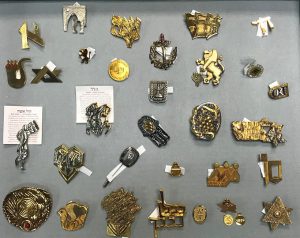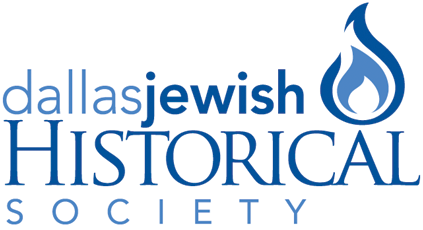 Every single one of us collects–whether it is a conscious habit or not. We may collect stamps, spoons, mezuzahs, Beanie Babies, art, mugs, ticket stubs, Chinese takeout fortunes, or any item we hold an affinity for, or which serves as a memento from an event. Collections may be curated, or formed intentionally, with special thought placed in the acquisition of each new addition—or they can form organically, resulting from a combination of time and proximity.
Every single one of us collects–whether it is a conscious habit or not. We may collect stamps, spoons, mezuzahs, Beanie Babies, art, mugs, ticket stubs, Chinese takeout fortunes, or any item we hold an affinity for, or which serves as a memento from an event. Collections may be curated, or formed intentionally, with special thought placed in the acquisition of each new addition—or they can form organically, resulting from a combination of time and proximity.
Collections also hold value—possibly monetary value, but more importantly, the intrinsic value of the history or context of an object itself as it relates to the sentimental value bestowed by the collector. No matter how they are formed, our collections can move beyond telling “their” story to serve as a narrative to ours. Collections can also highlight our accomplishments or our position in our community, which is most certainly true for a portion of the Ginger Jacobs Collection.
 Ginger, co-founder of the Dallas Jewish Historical Society (DJHS) in 1970, was an undeniable tour de force, an influencer, and a figurehead in the Dallas Jewish community. Not only did she pour her heart into DJHS for decades, she actively participated in several organizations, including (but not limited to) B’nai B’rith Women, Pioneer Women, Women’s ORT, Hadassah, Texas Jewish Historical Society, and the Jewish Federation of Greater Dallas.
Ginger, co-founder of the Dallas Jewish Historical Society (DJHS) in 1970, was an undeniable tour de force, an influencer, and a figurehead in the Dallas Jewish community. Not only did she pour her heart into DJHS for decades, she actively participated in several organizations, including (but not limited to) B’nai B’rith Women, Pioneer Women, Women’s ORT, Hadassah, Texas Jewish Historical Society, and the Jewish Federation of Greater Dallas.
Following her death, Ginger’s family donated her collection of pins. These pins share a tale of dedication, philanthropy, and a deep love for Jewish Dallas. Many of the pins represent the organizations above, which are often entwined in their membership and goals; they also represent a collection that formed naturally through years of service, ultimately providing an intimate study into Ginger’s life, her values, her style, and where she wore her heart and pride.
Furthermore, the pins provide primary-source knowledge of how local Dallas Jewish organizations (or Dallas branches of national organizations) have honored their participants in the past, as well as the evolution of branding for those institutions. We also see recurring themes of love (or heart), grace, friendship, beauty, and service represented directly in the design of many of the pins. Such themes speak volumes of what the Jewish community and Ginger strove to represent.
This particular example of a personal collection serves to share the importance of supporting our stories with physical elements of our lives that will continue the narrative long after we are able. It represents a lingering connection between the collector and the community in which it formed and embodies the essence of the woman who allowed it to grow.
Whatever you may collect–whatever brings your heart joy–know that it also tells YOUR story. For posterity’s sake, embrace that and embrace your collection’s intrinsic value for future generations to learn from and enjoy.
Contact our office for upcoming workshops to learn how to better preserve your personal collections.
Jessica Schneider
Archivist and Volunteer Director

Well done!